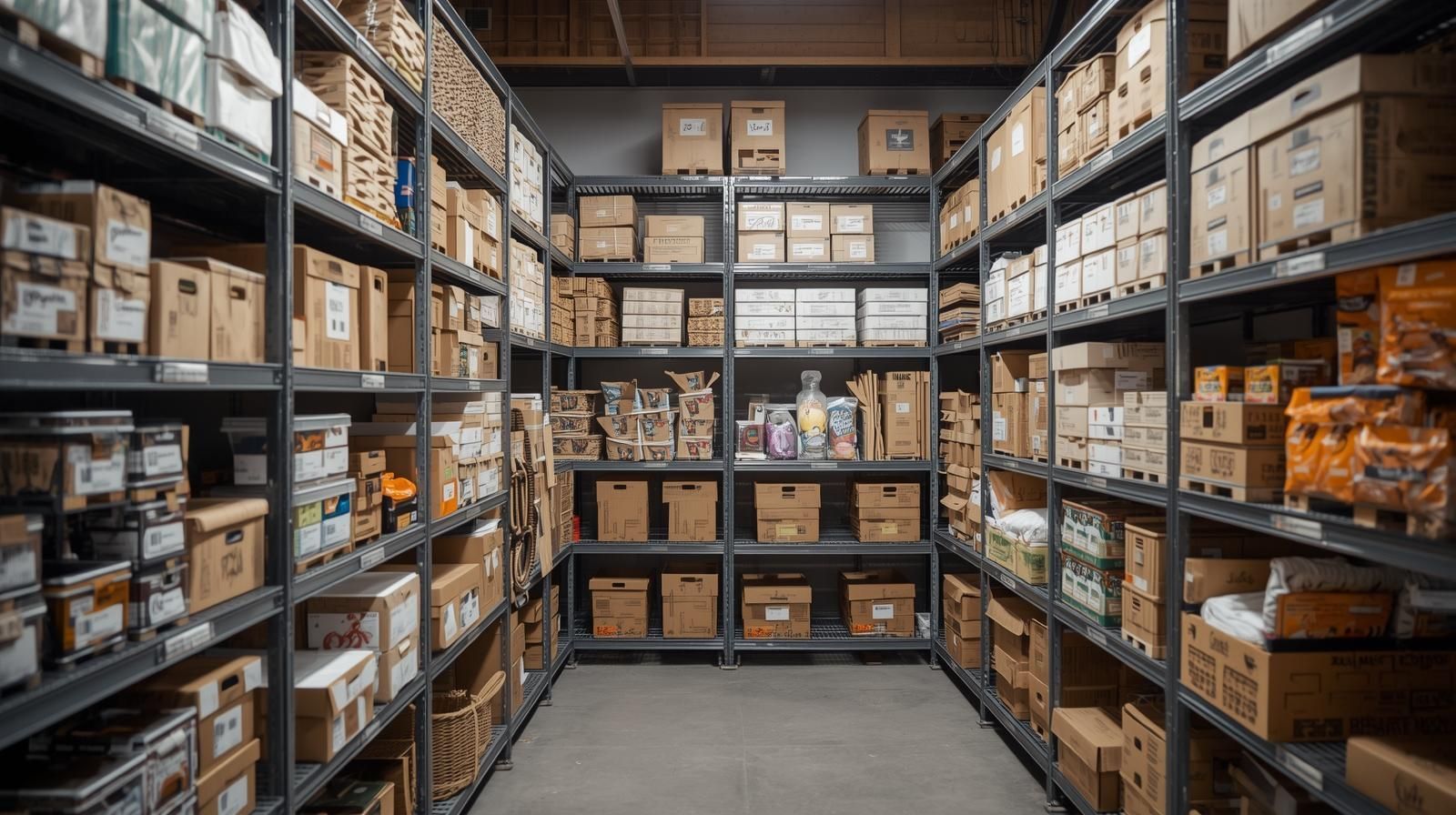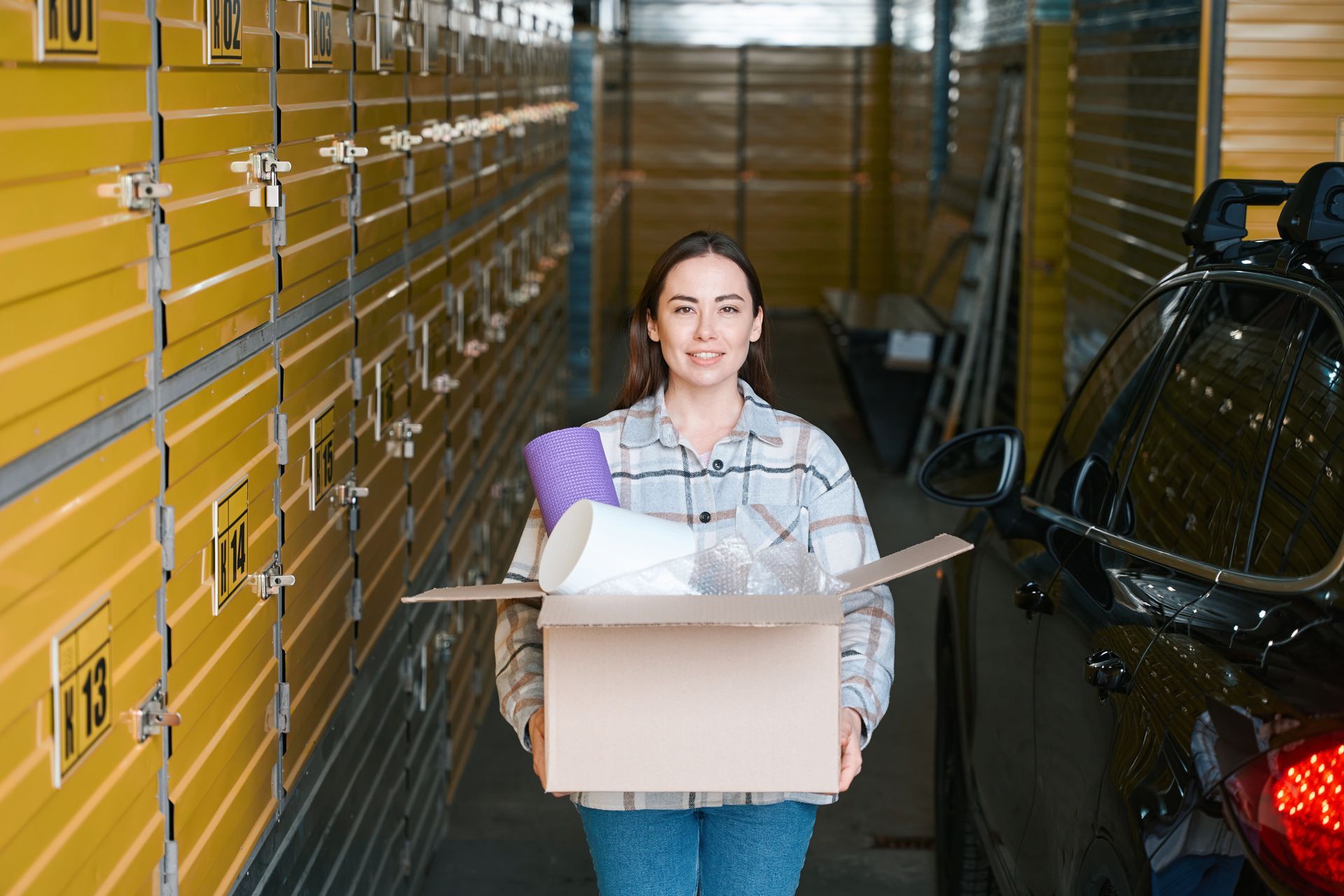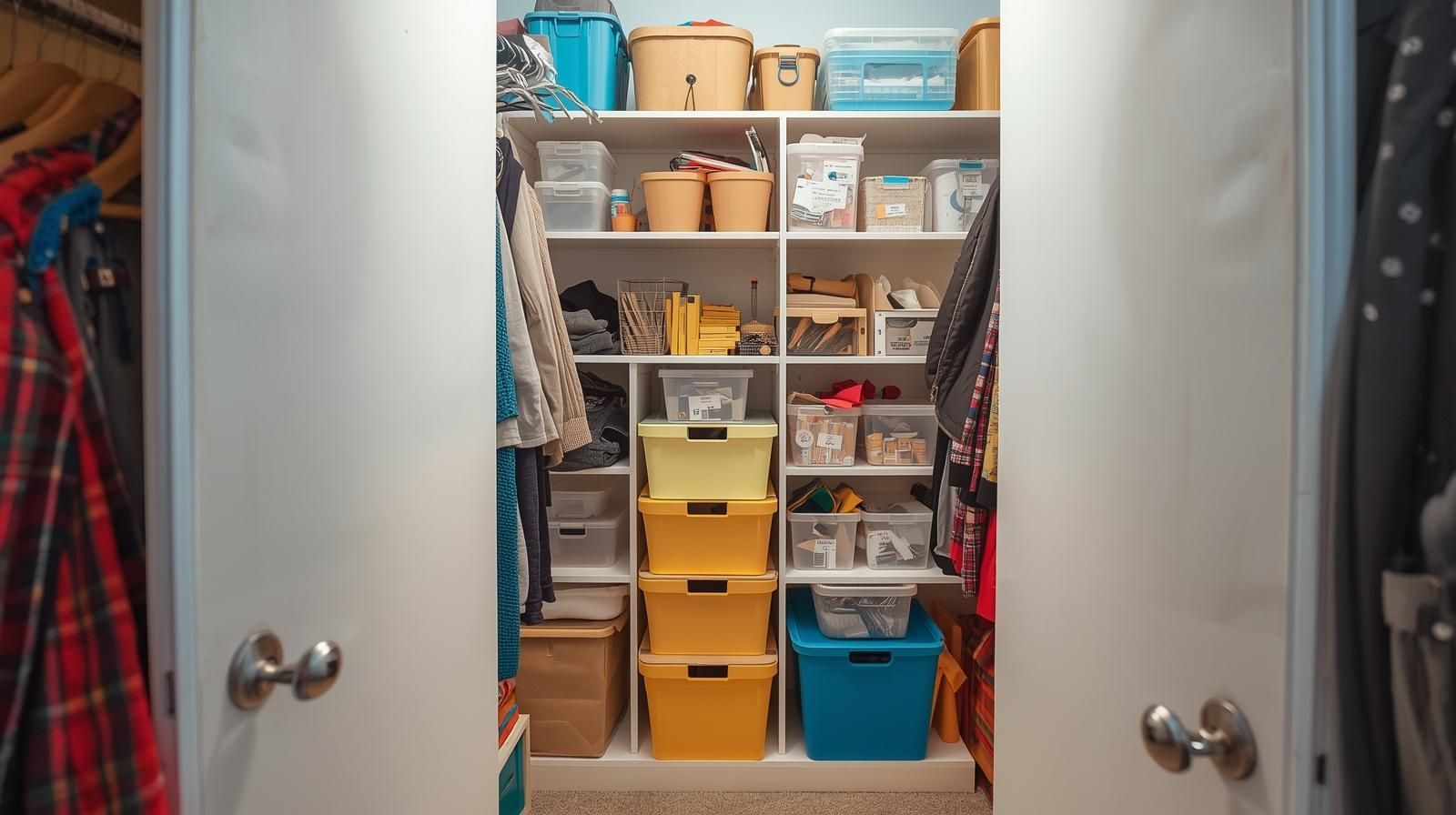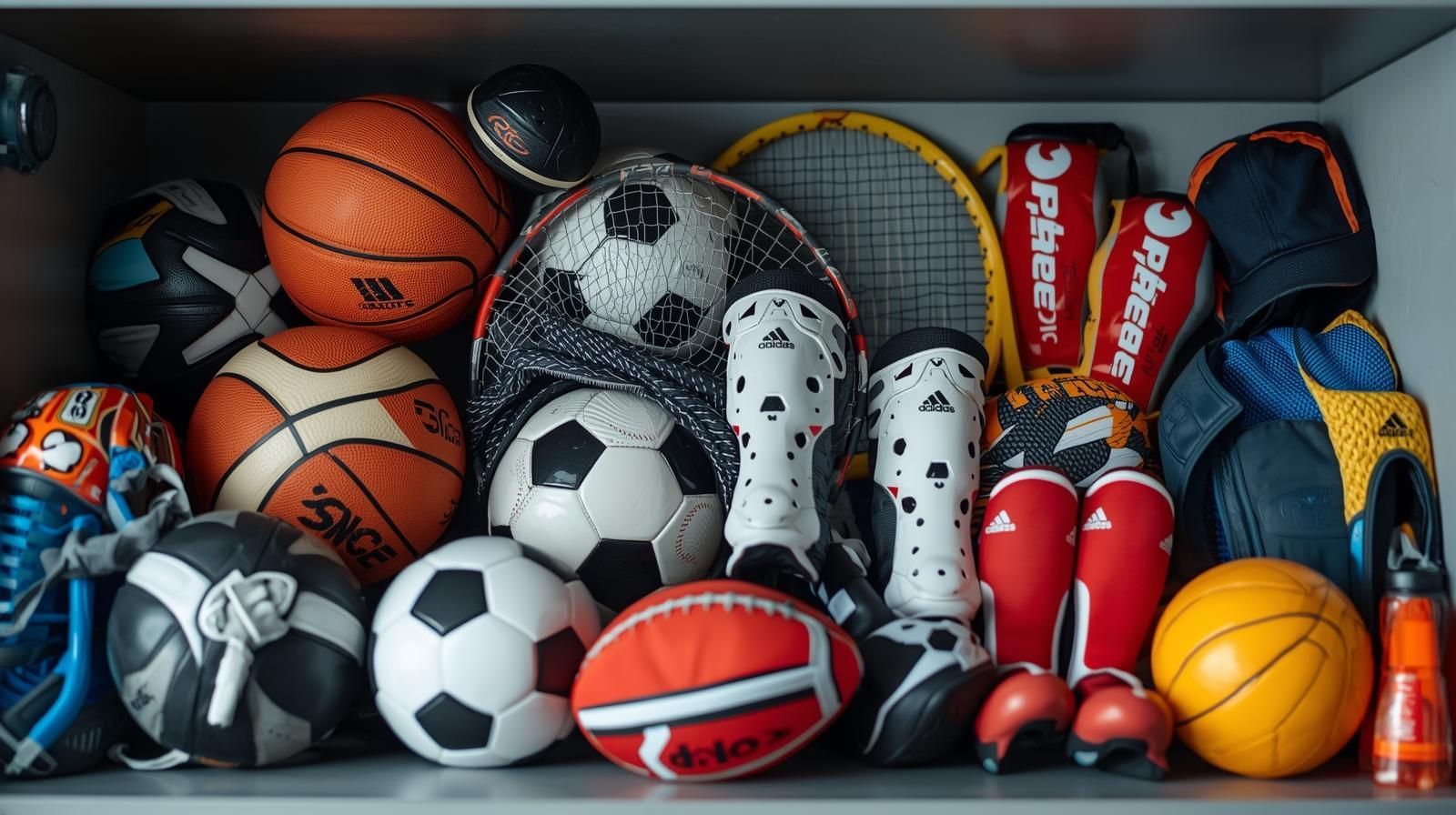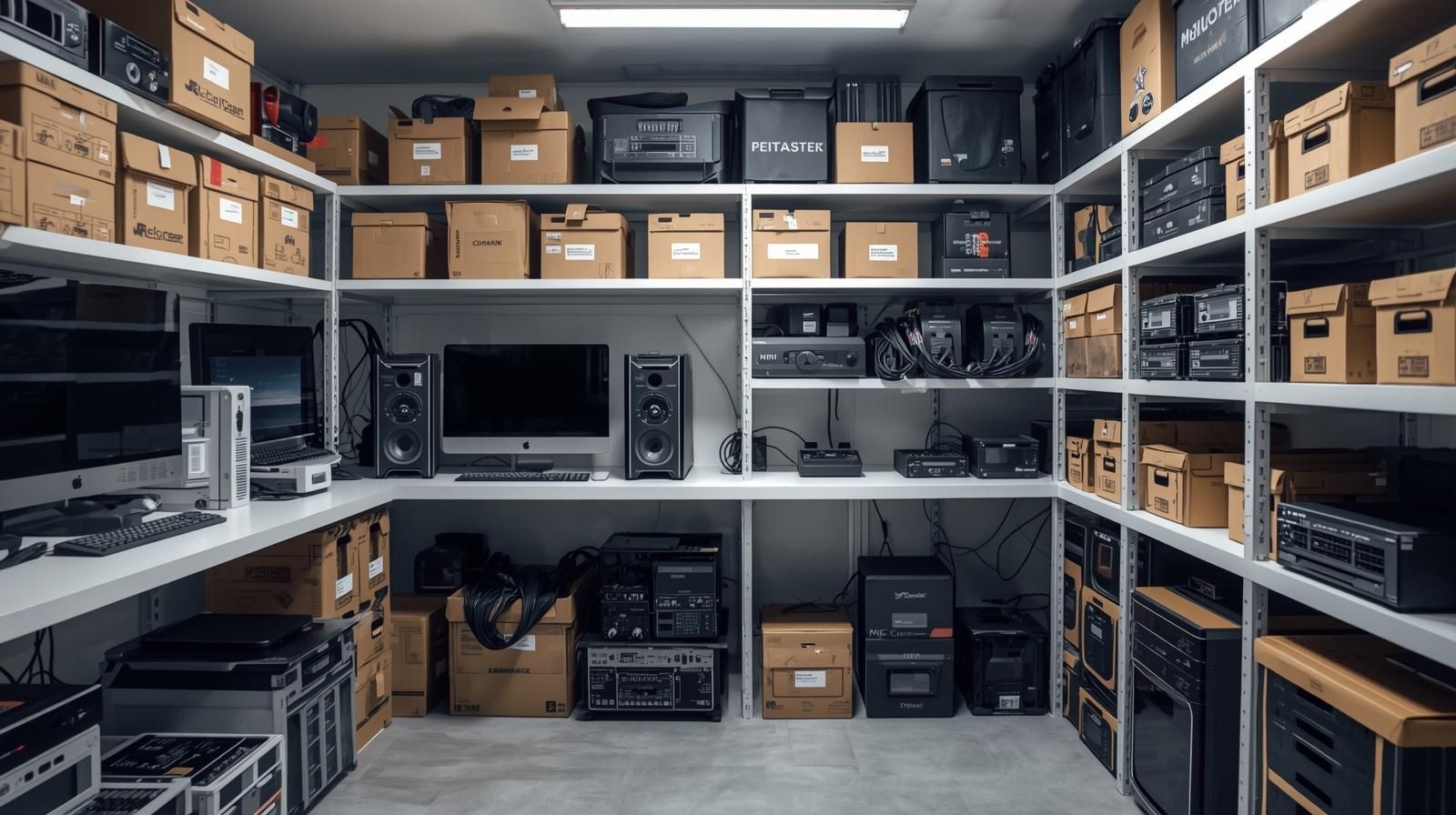Plan Your Move Like a Pro: Step-by-Step Moving Timeline and Checklist
Getting ready to move? Whether you're relocating across town or across the state, staying organized is key. Between packing, paperwork, and making sure everything ends up in the right place, moving can quickly become overwhelming. That’s why this week-by-week checklist is designed to break it all down into clear, manageable steps. No fluff—just helpful, real-world advice to keep your move on track. And if you need to make room during the process, there are plenty of self storage units in Gastonia that can give you a flexible solution when timing doesn’t line up perfectly.
Two Months Before Moving
This is the time to focus on big-picture planning. Start by creating a simple moving checklist or binder. Whether it’s a notebook or a digital folder, it should include quotes from movers, to-do lists, and important deadlines. Then, take inventory of what you're moving, especially larger items like beds, couches, and appliances. Knowing what you own helps you determine how many boxes you'll need and what size truck or container fits best.
Next, declutter. Go room by room and separate what you're keeping, donating, selling, or tossing. Be honest—there’s no point in moving things you no longer use. If you're not sure about an item, ask yourself if you've used it in the past year. Letting go of things now means fewer boxes and a smoother move later.
Six Weeks Out: Supplies and Smart Packing
With your move coming into focus, now’s the time to gather supplies. Stock up on boxes, packing paper, bubble wrap, packing tape, and permanent markers. Start packing items you rarely use like seasonal decor, books, or sports equipment. Label every box on at least two sides and include what’s inside and which room it belongs in. That little detail makes a huge difference when you’re unpacking.
Think creatively about your containers. Use bins, suitcases, or even grocery totes where possible. Wrap fragile items in towels or t-shirts to save space and materials. If you're planning to use a storage unit, group those items together so they can be packed and dropped off separately when the time comes.
One Month Before the Big Day
Now it's time to get serious. Change your address online through USPS and notify banks, your employer, insurance providers, and subscription services. If you’re moving counties, update your voter registration too.
Contact your utility providers and schedule shut-off and start-up dates for electricity, gas, water, internet, and trash pickup. If you use pest control or lawn care, make sure they know your move-out date. Finalize your mover or truck rental, and check if you need any parking permits, especially if you’re in an apartment or urban area.
Begin packing more frequently used items like extra kitchen tools, spare linens, and home decor. Keep a few essentials aside, but get ahead where you can.
Two Weeks Out: Confirm and Simplify
Things should start feeling more real now. Confirm your moving company or truck reservation. If you're renting a self storage option in North Carolina, double-check the unit number, access code, and gate hours.
Pack almost everything except your daily essentials. Get your kitchen, garage, and closets squared away. Write down what's packed where and keep those notes in your binder. Back up digital files and clean out your fridge, freezer, and pantry. Return any borrowed items, drop off donations, and safely dispose of anything you can't transport, like paint or cleaning supplies. If you're renting from a storage facility in Kernersville, double-check the unit number, access code, and gate hours.
One Week Before Moving
Now it's time to pack a personal essentials bag—enough clothes for a few days, basic toiletries, medications, phone chargers, and important documents. Treat it like you're packing for a weekend trip.
Set aside an “Open Me First” box with toilet paper, paper towels, tools, snacks, and whatever you'll need right after you move in. Label it clearly and load it last so it's easy to find. Disassemble furniture if needed, bag the hardware, and tape it securely to the frame. Clean rooms as you go or schedule a full home cleaning if you’re leaving a rental. If you share a driveway or live in a tight neighborhood, give your neighbors a heads-up about moving day traffic.
Moving Day Game Plan
Wake up early, eat a solid breakfast, and double-check your essentials. Keep things like your wallet, keys, medications, and important paperwork close by. If you're using movers, walk them through the space and point out any items that need extra care.
As the truck is loaded, check each room, cabinet, and closet to make sure nothing is left behind. Take photos of the property—especially if you're moving out of a rental—as documentation of its condition. Turn off lights, close windows, and lock up before you leave. Don't forget to return keys, garage remotes, or gate passes to the appropriate party.
After the Move: First Things First
Once you’re in the new place, start by unpacking your essentials and setting up the bed. That one task alone will make the space feel like home after a long day. Unpack room by room to avoid creating chaos in every corner of the house.
Hook up utilities, connect Wi-Fi, and take care of any issues you notice in the home. If you’ve moved to a new city or county, update your license and car registration as soon as possible. Then, take a breather and introduce yourself to the neighbors—it’s a good way to settle in and learn about your new area.
Packing and Storage Tips That Save Time
Use laundry baskets and totes to reduce how many boxes you need. They're sturdier and easier to carry. Protect fragile items using things you already own—blankets, sweaters, or towels. This saves money and space.
If you’re in between homes or just don’t want to unpack right away, consider renting a short-term storage unit. These are ideal for downsizing, staging, or handling unexpected delays. You can access your belongings when you need them without having to rush the process. Keep in mind: the less you move, the less you pay. So if something doesn’t serve a purpose, let it go before moving day.
Moving with Kids or Pets? Here's How to Prepare
Kids and pets both thrive on routine, so try to keep their schedules as normal as possible during the moving process. Pack their favorite toys, blankets, and snacks separately so they’re easy to access. For pets, consider boarding them for the day or setting up a quiet space in the home away from the noise.
Let kids help pack some of their items and set up their new rooms. Giving them small responsibilities can help them feel excited and involved, even if they're feeling nervous about the change.
Grab Your Printable Moving Checklist
One of the best ways to stay on top of everything is to print or download a weekly checklist. Keep it somewhere visible so you can check things off as you go. Whether it’s color-coded or handwritten on a whiteboard, having a visual plan keeps everyone on the same page and takes a lot of stress out of the process.
Moving doesn't have to feel like a scramble of boxes and last-minute stress. With a solid plan, early preparation, and the right tools, your move can be smooth and manageable from start to finish. And if you need extra space while transitioning between homes, exploring
Wilmington storage unit options can provide the flexibility and peace of mind you need. can provide the flexibility and peace of mind you need. Here's to a successful move and a fresh start in your new space.

